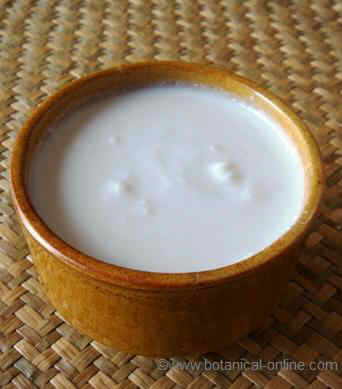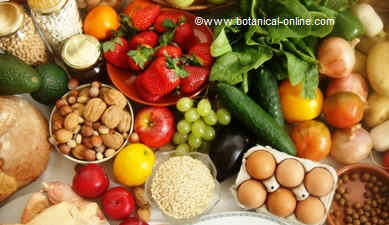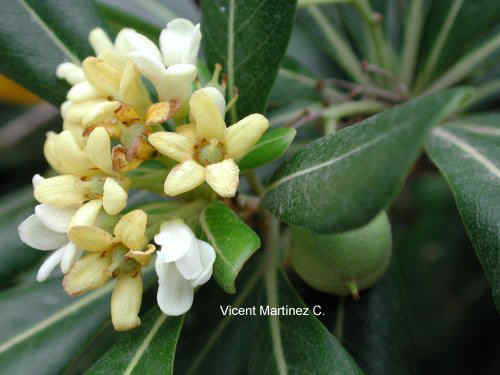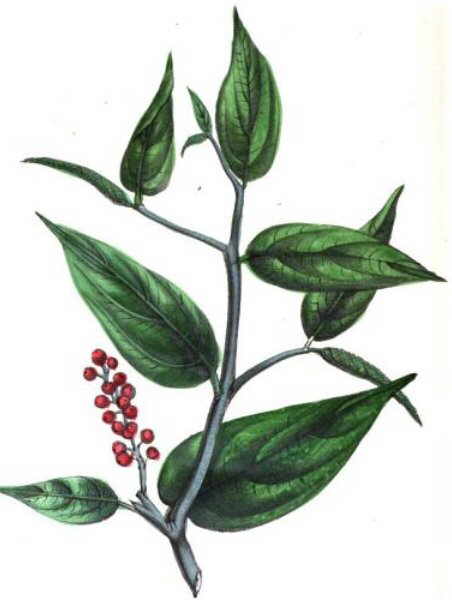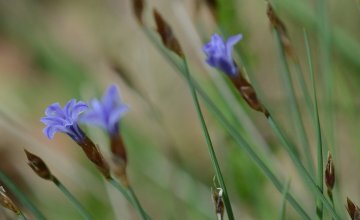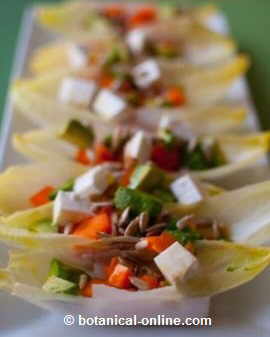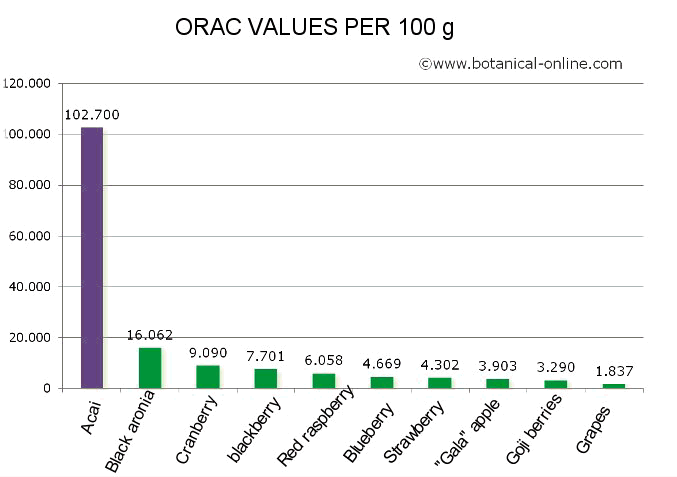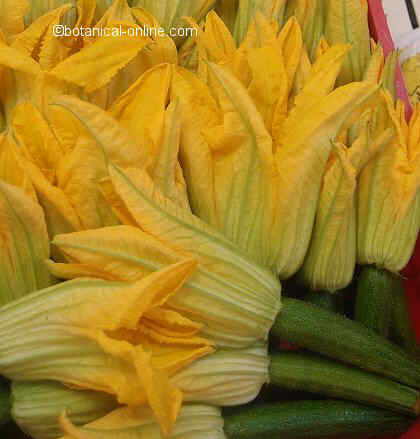Contents
What is grapevine?
Characteristics of grapevine (Vitis vinifera)
Common English name: Grapevine, climbing vine, common grapevine
* See: Grapevine in other languages
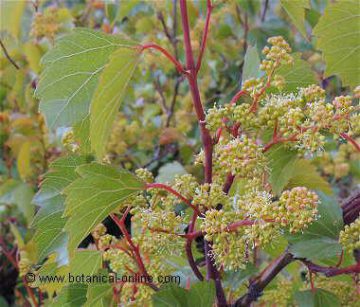
Scientific name: Vitis vinifera L.
Family. Vitaceae
Grapevine description
Deciduous shrub, with creeping or climbing habits, from Vitaceae family up to 30 m in length.
Short thick woody stems, very twisted and knotty. From the woody stem, branches (vine shoots) are born, long and knobby, with a woody consistency.
Grapevine shoots spread on the ground if you do not provide them something to grip or climb.
Leaves opposite, petiolate, with five or seven lobes, palmately, up to 15 cm in length.
Greenish flowers in clusters.
Edible white or black berry fruits, called grapes.
Habitat. Where to find grapevines?
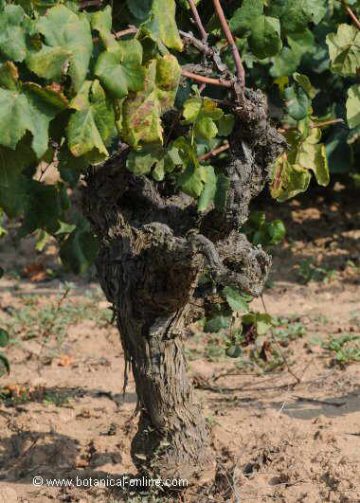
This species is cultivated in most countries of southern and central Europe, northern Africa and western Asia. Although it can be easily naturalized, it comes from the wild species Vitis vinifera subsp. sylvestris that can still be found in a wide Mediterranean fragmented area stretching from Spain to southern areas of the Caucasus and Central Asian.
The cultivated species has flowers with both sexes, but the wild species has leaves more rough and differ according to sex, unisexual flowers and smaller fruits. They are more acid, blue-black, with much larger fruit seeds.
Components of grapevine:
- Acids: ascorbic acid (fruits, stems and leaves), aspartic, caffeic, cinnamic, citric, ferulic, fumaric, gentisic, glutamic, lactic, oxalic, pantothenic (fruits) linoleic acid, malic acid, oleic acid, palmitic acid, succinic (fruits and seeds) Salicylic acid (roots)
- Minerals: aluminum, sulfur, barium, boron, cadmium, calcium, chromium, cobalt, copper, phosphorus, iron, magnesium, manganese, mercury, nickel, silicon, sodium, zinc, (fruits and stems)
- Tannins (seeds)
- Resveratrol (leaves)
- Coumarins (Leaves)
- Amino acids: alanine, arginine, cystine, isoleucine, gaba, leucine, lysine, methionine, proline, tyrosine, threonine, valine (fruits)
- Flavonoids: anthocyanins, quercetin, catechin, epicatechin, epicatechin-gallate (fruits), gallocatechins, routine (leaves)
- Carotenoids: Beta-carotene, alpha-carotene, cryptoxanthin, lutein, lycopene, zeaxanthin (fruits)
- Soluble fiber: Pectin (fruit)
- Carbohydrates: galactose, glucose, sucrose, raffinose, stachyose, xylose (fruits)
- Vitamins: pantothenic acid, biotin, folacin, niacin, riboflavin, thiamine, vitamin C (fruits)
![]() More information on grapes and wine
More information on grapes and wine

